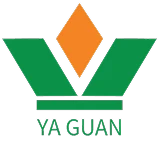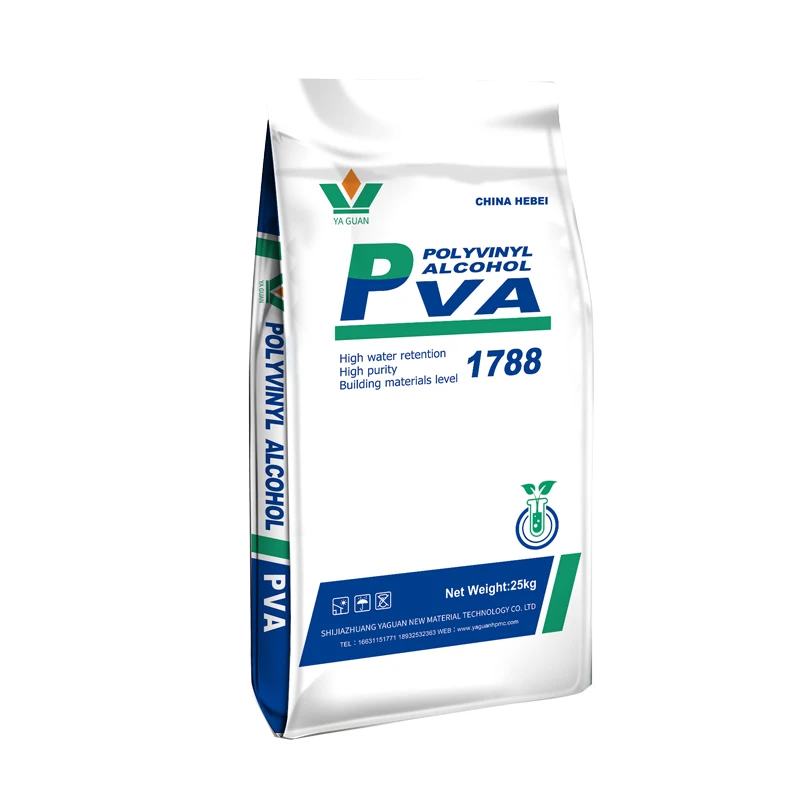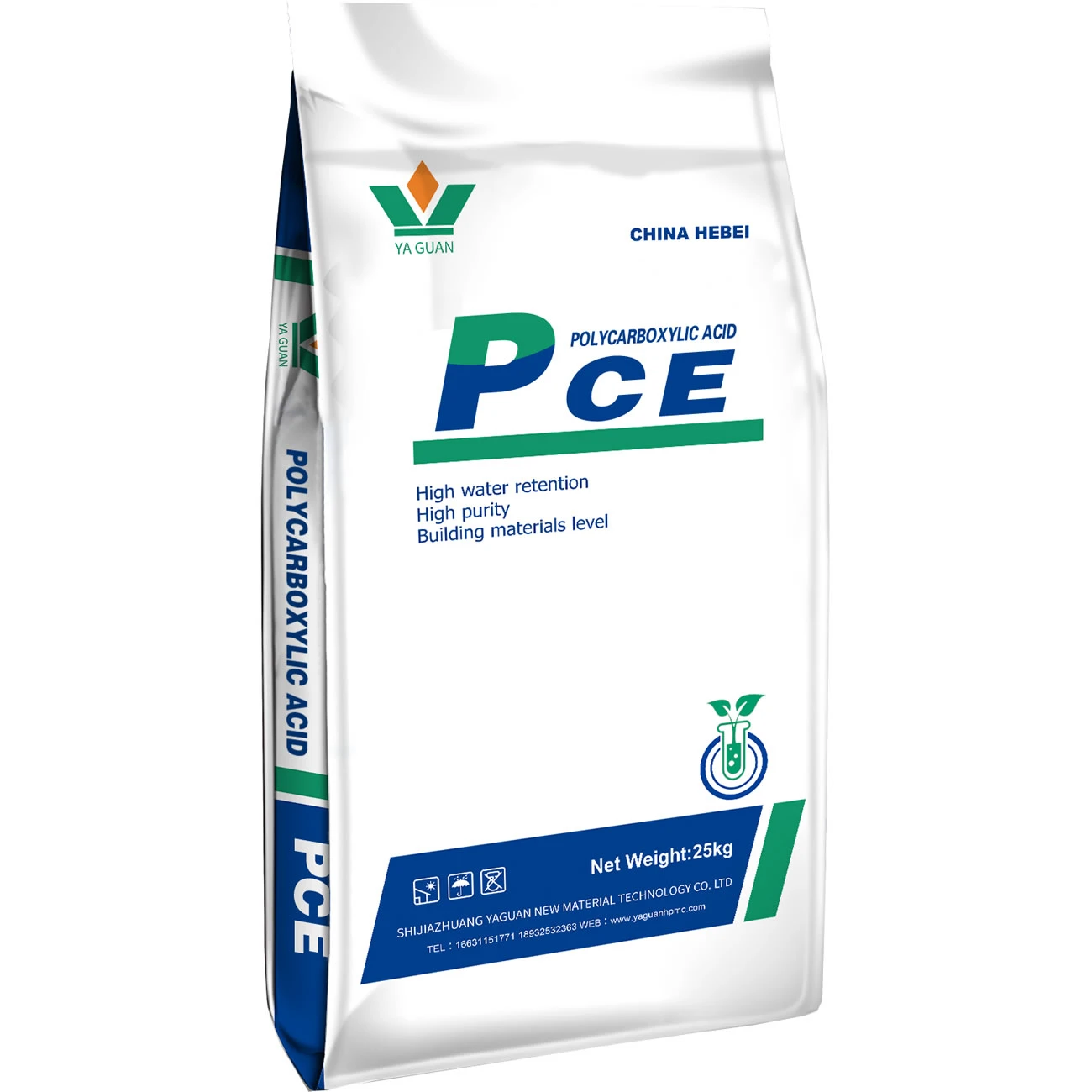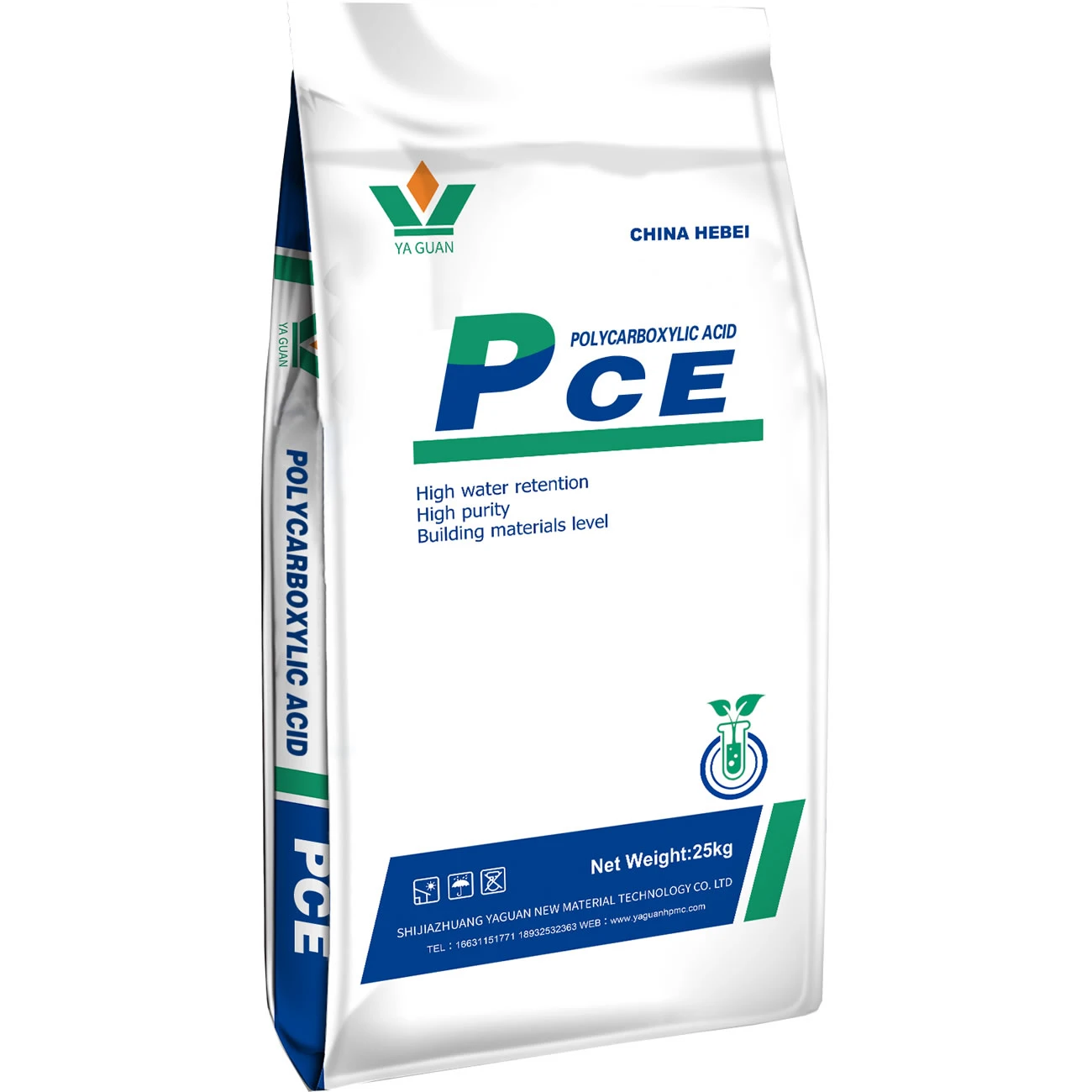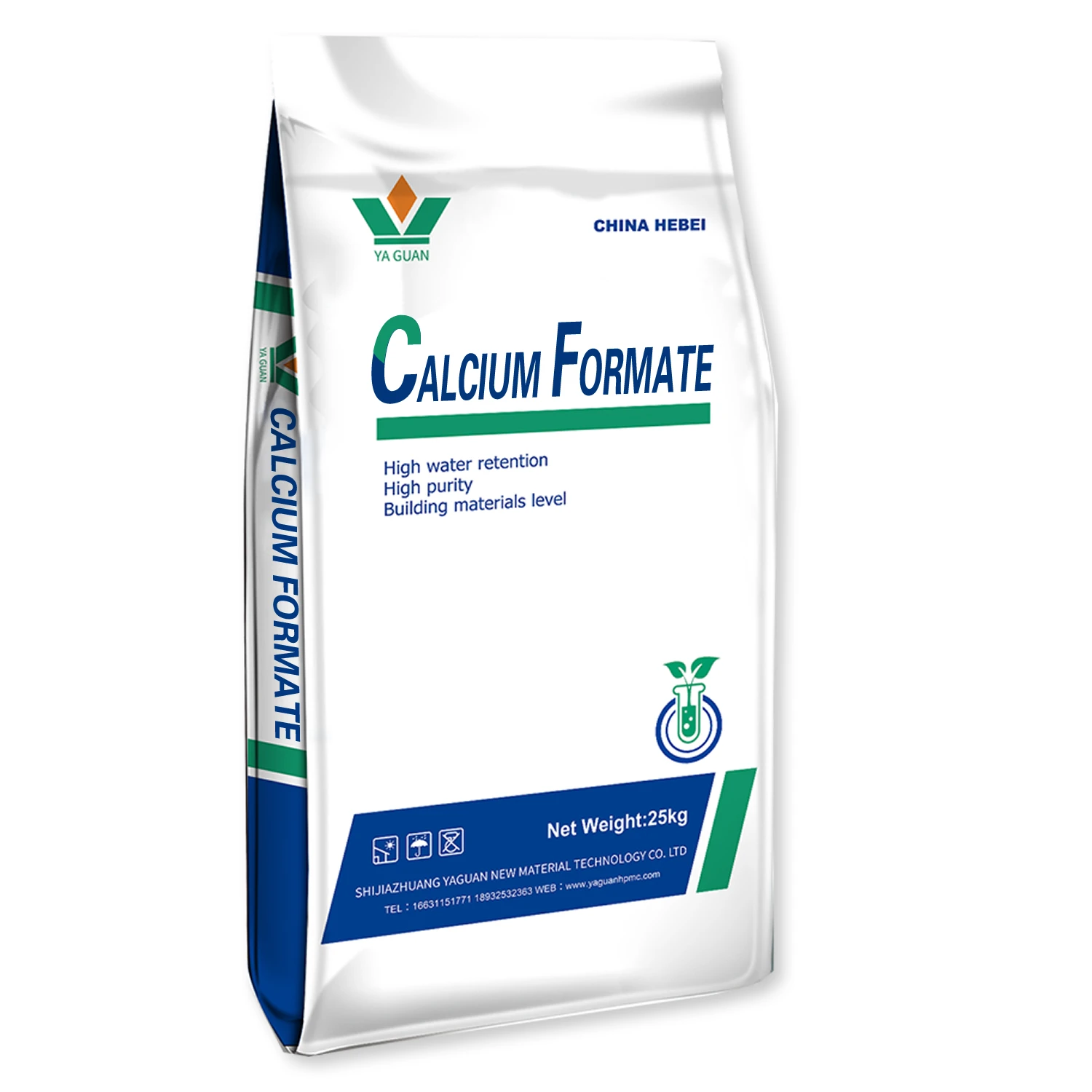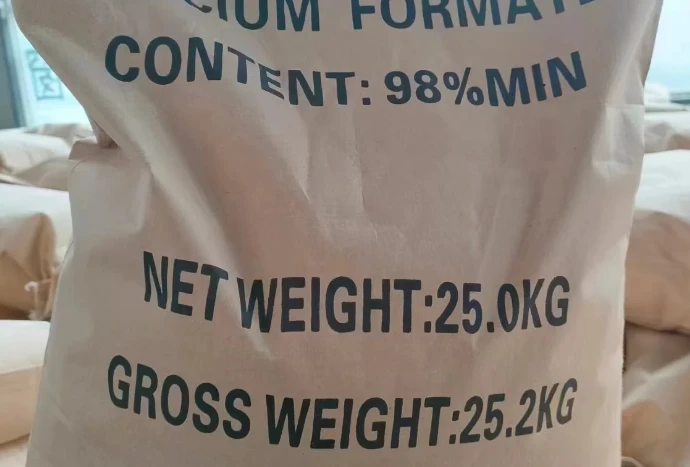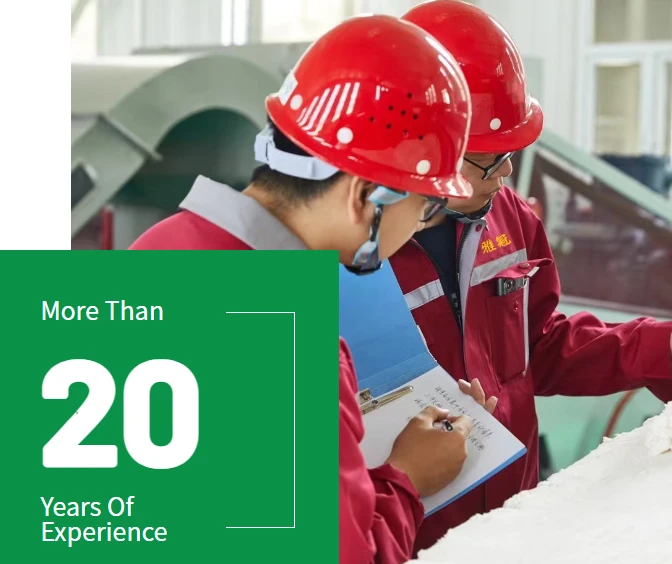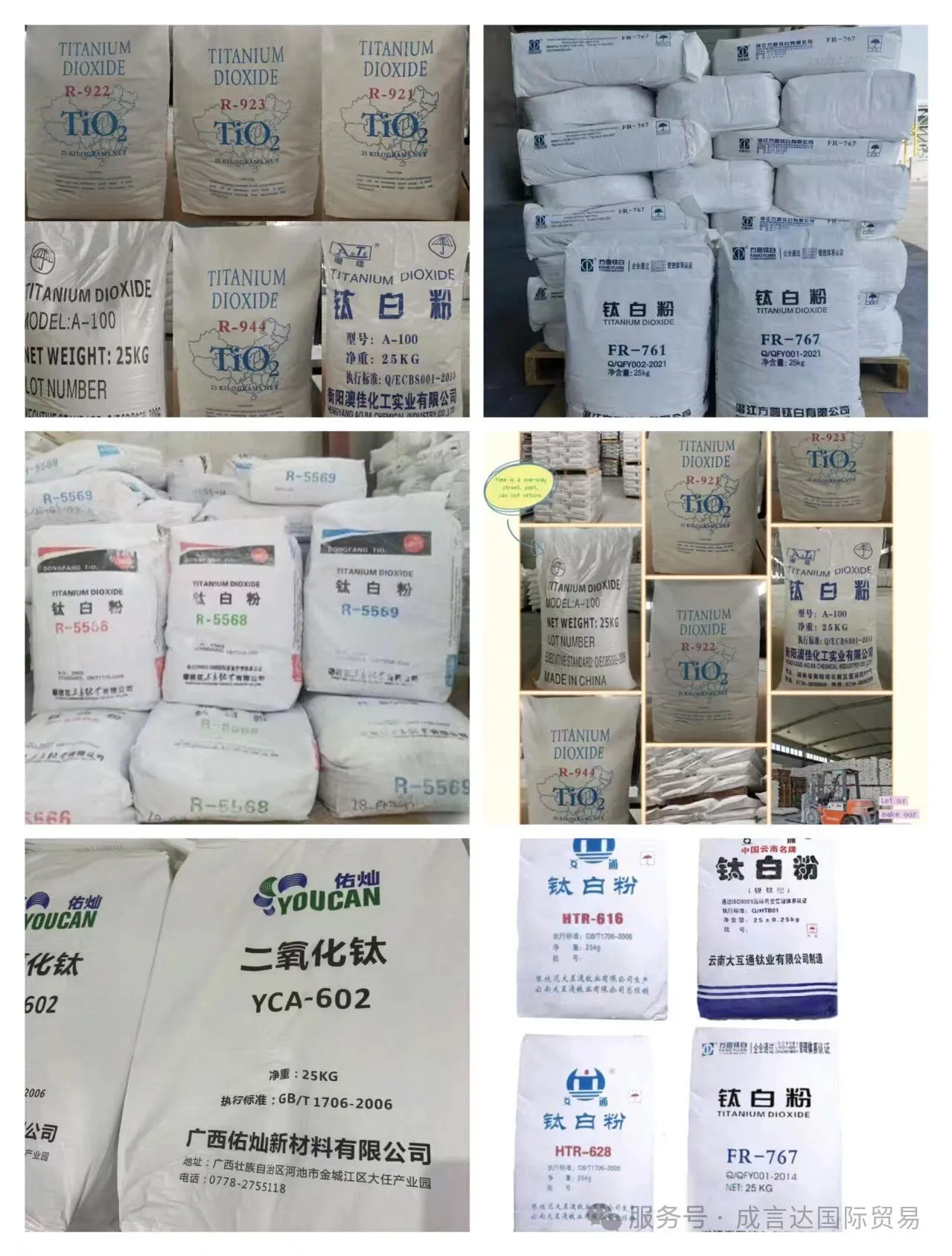
- Introduction: Defining PVA in Water and Its Significance
- Chemical Behavior: Mixing PVA with Water
- Water Solubility Advantages of PVA
- Technical Comparison of Leading PVA Suppliers
- Custom PVA Water Solution Formulations
- Industrial and Niche Applications: Real-World Case Studies
- Conclusion: Future of PVA in Water-Based Innovations

(pva in water)
Introduction: PVA in Water and Its Industrial Importance
Polyvinyl Alcohol (PVA) in water has emerged as a critical material across multiple sectors, especially textiles, adhesives, and water treatment solutions. Characterized by its unique solubility profile and environmental compatibility, PVA is predominantly used in aqueous systems. Global demand for PVA in water is forecasted to reach over $6.2 billion by 2028 (Source: Research and Markets 2023), reflecting a compound annual growth rate of 6.1%. Its prevalence stems from versatility: from easy film formation to robust emulsification, PVA blends harmoniously with water, paving the way for green chemistry and sustainable manufacturing. Driving this expansion are industries seeking nontoxic, water-soluble polymers that outperform traditional plastics.
Chemical Behavior: Mixing PVA with Water
The interaction between PVA and water is governed by the polymer's molecular structure—linear chains featuring hydroxyl groups that readily form hydrogen bonds with water molecules. When mixing PVA with water, solubility depends on several parameters: degree of hydrolysis, polymerization, temperature, and stirring speed.
- Degree of Hydrolysis: Fully hydrolyzed PVA (98–99%) dissolves slower but offers higher film strength. Partially hydrolyzed (87–89%) grades dissolve more rapidly but may compromise tensile strength.
- Polymerization: Lower polymerization yields easier solubility, but high-molecular-weight PVA enhances film-forming properties.
- Temperature: Heating water to 80-90°C accelerates dissolution; solubility at room temperature is limited for most grades.
- Dispersion: Uniform sprinkling and slow addition prevents clumping, allowing for complete wetting and hydration.
According to laboratory trials (Japan Chemical Reviews, 2022), a 5% PVA solution with 88% hydrolysis achieves 98% solubility in under 30 minutes at 85°C, confirming industry benchmarks for rapid and clean mixing without residual lumps. This process enables precisely engineered films and coatings in advanced packaging or pharmaceutical delivery systems.
Water Solubility Advantages of PVA
The primary attribute distinguishing PVA is its water solubility, which opens crucial pathways for eco-friendly product development. Data show fully hydrolyzed PVA, when prepared adequately, achieves water solubility rates above 95%. As industries increasingly seek materials to reduce single-use plastic waste, water-soluble PVA has gained traction. Its breakdown in wastewater treatment stations meets high regulatory standards: over 80% biological oxygen demand (BOD) removal within seven days and over 90% mineralization after one month.
From a sustainability perspective, water-soluble PVA enables detergent pods and laundry bags that dissolve, minimizing microplastic impact. Further advantages include:
- Non-toxic to aquatic life
- No detectable halogenated byproducts
- Biodegradability under aerobic and anaerobic conditions
- Safe manufacturing with minimal volatile organic compounds (VOCs)
The material’s exceptional film strength, transparency, and adhesive properties—combined with full solubility—are unmatched by traditional polyolefins or acrylates. For instance, PVA capsules in agriculture deliver active ingredients directly to the soil, mitigating operator exposure and environmental persistence.
Technical Comparison of Leading PVA Suppliers
To aid in material selection for critical processes, below is a comparative technical analysis of top PVA manufacturers. Criteria include viscosity, degree of hydrolysis, achievable solution clarity, and pricing. Data are drawn from official TDS (Technical Data Sheets), manufacturing records, and user reviews.
| Supplier | Viscosity (mPa.s, 4% @20°C) | Degree of Hydrolysis (%) | Solution Clarity | Price ($/kg, FOB) |
|---|---|---|---|---|
| Kuraray (Japan) | 18-38 | 87-99 | Excellent (98%+ Transmittance) | 4.90–5.30 |
| Sinopec (China) | 22-55 | 87-98 | Very Good (96%+) | 2.35–2.70 |
| Sekisui (Japan) | 10-60 | 88-99 | Excellent (98%+) | 5.10–5.60 |
| Wacker Chemie (Germany) | 15-45 | 88-99 | Excellent (99%) | 5.30–5.80 |
| Chang Chun (Taiwan) | 28-45 | 86-99 | Very Good (97%) | 2.50–2.90 |
When selecting a supplier, customers must balance technical performance, cost, and traceability. Japanese and German suppliers dominate high-purity grades and pharmaceutical standards, while Chinese and Taiwanese manufacturers offer competitive pricing for industrial use.
Custom PVA Water Solution Formulations
The adaptability of PVA in water is exemplified by custom-engineered solutions tailored for a range of applications. Research from Polymer Solutions Group (2023) demonstrates that by modifying parameters—viscosity, hydrolysis, additive inclusion—manufacturers deliver precise characteristics for every need.
- Super Concentrates: Up to 20% PVA in water for specialized adhesive or textile coatings, maintaining pourable viscosity.
- Copolymers: Blending PVA with other hydrophilic polymers, such as polyethylene glycol, enhances flexibility in pharmaceutical capsules.
- Functionalized Films: Incorporation of plasticizers (e.g., glycerol) achieves higher elongation and transparency.
Furthermore, mixing PVA with water can be coupled with pigments, lubricants, or surfactants for advanced performance:
- Printing and packaging inks—optimal adhesion with water-washable cleanup
- Water-soluble laundry bags—formulations for various dissolution rates
- Personal care—transparent masks and peel-off films that dissolve in water
Across sectors, formulation scientists prioritize not only solubility and film strength but also storage stability, clarity, and end-user handling. This customization is crucial for brands seeking differentiation through functional, environmentally-conscious packaging or product carriers.
Industrial and Niche Applications: Real-World Case Studies
Water-soluble PVA has redefined operational efficiency and safety across industrial and niche use cases. Leading manufacturers have implemented PVA solutions yielding tangible performance improvements and regulatory compliance:
- Healthcare: Major hospital laundry services in the UK transitioned to PVA water-soluble bags, reporting 95% reduction in staff exposure to contaminated textiles (NHS 2023).
- Agrochemicals: A European crop-protection firm adopted PVA seed coatings, reducing pesticide dust-off by 82% and enhancing germination rates by up to 18% compared to conventional methods.
- Detergent Industry: Market-leading consumer brands introduced PVA pod films, achieving zero microplastic release post-dissolution. Internal studies confirmed >98.5% water solubility at 40°C in under 4 minutes.
- 3D Printing: Prototyping labs deploy PVA as a water-soluble support material, enabling complex part geometries and eliminating secondary machining steps. Average build times are reduced by up to 30%.
These cases underpin the widespread move toward safer, more sustainable processes, leveraging the core strengths of pva in water
for both economy and environment.
Conclusion: The Future of PVA in Water-Based Innovations
As demand for sustainable and high-performance polymers rises, the role of PVA in water will shape future innovations across industries. With demonstrated success in custom blending, superior solubility metrics, and environmentally responsible processing, organizations that adopt PVA benefit from lower waste, higher regulatory compliance, and expanded product opportunities. As competitive comparisons and application data have shown, continual advances in PVA water soluble technology will drive next-generation solutions, fulfilling functional, economic, and ecological demands for years to come.
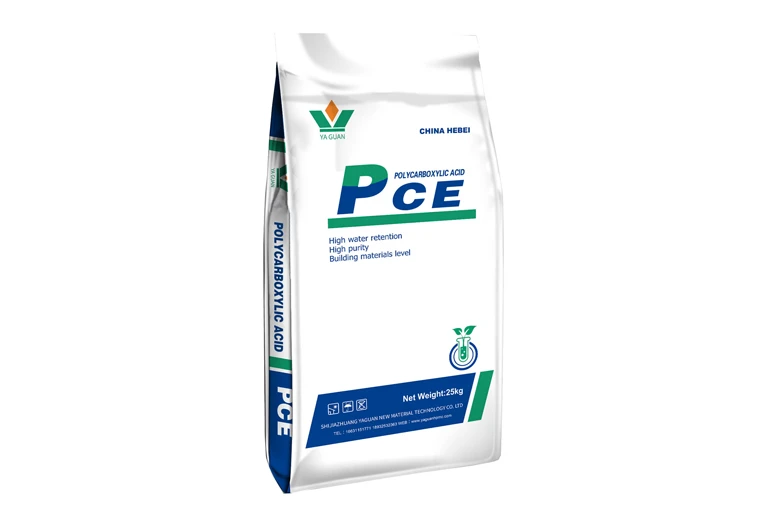
(pva in water)

